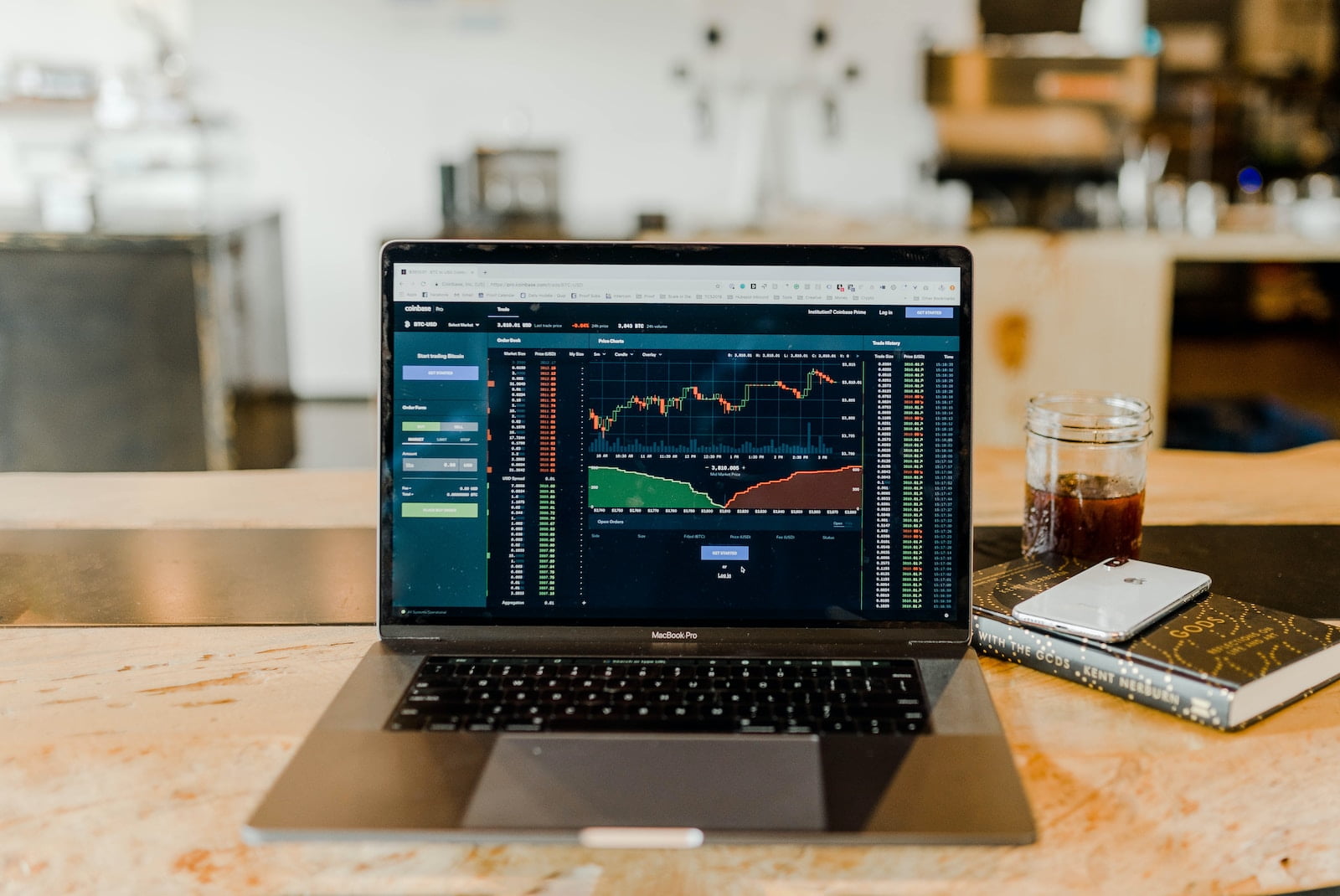
Automated Trading: The Revolution of Financial Markets
In the ever-evolving world of finance, automated trading has emerged as a transformative force, reshaping the way financial markets operate. This technology-driven approach to trading has gained immense popularity over the past few decades, revolutionizing the industry and redefining how trading strategies are executed. In this article, we will explore the concept of automated trading, its evolution, benefits, challenges, and its impact on the financial landscape.
What is Automated Trading?
Automated trading, also known as algorithmic trading or algo trading, is the use of computer algorithms to execute trading strategies in financial markets. These algorithms are designed to analyze market data, make trading decisions, and execute orders without human intervention. The goal is to leverage the speed and efficiency of computers to capitalize on market opportunities while minimizing the impact of human emotions on trading decisions.
The Evolution of Automated Trading
The roots of automated trading can be traced back to the 1970s when the first computer-based trading systems were developed. These early systems were basic and primarily used for order routing. However, with advancements in technology and the increasing availability of market data, automated trading systems evolved rapidly.
The 1980s witnessed the emergence of program trading, where predefined algorithms were used to execute large orders across multiple stocks. This marked the beginning of algorithmic trading as we know it today.
The 21st century brought about a significant acceleration in automated trading. High-frequency trading (HFT) algorithms, designed to execute trades in microseconds, became prevalent. These systems use sophisticated strategies, such as arbitrage and market making, to profit from tiny price discrepancies across different markets.
Benefits of Automated Trading
Speed and Efficiency: Automated trading systems can execute orders at lightning speed, taking advantage of even the smallest market inefficiencies. This speed is crucial in today’s highly competitive financial markets.
Consistency: Algorithms follow predefined rules consistently, eliminating the influence of emotions, which often lead to impulsive and irrational trading decisions.
Diversification: Automated systems can trade across multiple asset classes and markets simultaneously, diversifying the trading portfolio and reducing risk.
Backtesting and Optimization: Traders can backtest their strategies using historical data to assess their performance before deploying them in live markets. This allows for fine-tuning and optimization.
Risk Management: Automated systems can include risk management parameters to limit losses and protect capital. Stop-loss orders and position sizing rules are commonly integrated into these algorithms.
Challenges of Automated Trading
While automated trading offers numerous advantages, it also presents several challenges and risks:
Technical Failures: Computer glitches, connectivity issues, and hardware failures can disrupt automated trading systems, potentially leading to significant losses.
Market Volatility: Extreme market volatility can trigger unexpected price movements, causing automated systems to execute trades that result in losses.
Over-Optimization: Excessive fine-tuning of algorithms based on historical data can lead to over-optimization, where the system performs well in the past but poorly in real-time trading.
Regulatory Compliance: Automated trading strategies must adhere to regulatory guidelines and compliance requirements, which can be complex and subject to change.
Systematic Risk: Automated trading can contribute to market instability, especially during turbulent times, as multiple algorithms react to the same market events.
Impact on Financial Markets
Automated trading has fundamentally transformed financial markets in several ways:
Liquidity: Automated market makers provide continuous liquidity, making it easier for traders to enter and exit positions, even in less liquid markets.
Price Efficiency: Algorithms quickly incorporate new information into prices, enhancing market efficiency and reducing opportunities for arbitrage.
Reduced Trading Costs: Increased competition among algorithmic traders has driven down trading costs, benefiting both institutional and retail investors.
Market Access: Automated trading has democratized market access, allowing individual traders to compete on a level playing field with large institutions.
Market Microstructure Changes: The rise of high-frequency trading has prompted exchanges and regulators to adapt market microstructure rules to ensure fair and orderly trading.
The Future of Automated Trading
The future of automated trading holds immense potential. Advancements in artificial intelligence and machine learning are enabling the development of more sophisticated trading algorithms. These algorithms can analyze vast datasets, identify complex patterns, and adapt to changing market conditions in real-time.
Furthermore, the integration of blockchain technology and cryptocurrencies into financial markets is likely to create new opportunities for automated trading strategies. Decentralized finance (DeFi) platforms, for example, are already attracting algorithmic traders seeking to capitalize on the decentralized nature of these markets.
However, as automated trading continues to evolve, regulatory oversight will remain a critical concern. Regulators worldwide are working to strike a balance between fostering innovation and ensuring market stability and investor protection.
In conclusion, automated trading has become an integral part of the modern financial landscape. Its ability to process vast amounts of data, execute trades at lightning speed, and minimize human biases has made it a powerful tool for traders and investors alike. While it comes with challenges and risks, the benefits it offers in terms of efficiency, liquidity, and accessibility make it a force that is here to stay, shaping the future of finance.
